This lecture introduces the fundamental understanding of electromagnetism which is in concept built by the Gauss’s law for
electricity and magnetism, Faraday’s law, and Ampere’s law. In detail, the lectures will focus on electricity and magnetism
before and after the midterm, respectively. The students will understand that nowadays technologies are basically developed
by the concept of electromagnetism. Therefore, the students will not only practice to solve basic problems in the electromagnetism
but also be introduced to the unified equation for the electricity and magnetism, namely Maxwell equations, and its application
to explain the wider physics concepts.
To understand the concept of electromagnetism in which electric and magnetic field shall induce each other carried by photon.
Fundamentally, students shall understand the electricity and magnetism, including the Physical laws governing them and many
applications coming out of these concepts. The students are also expected to be able to design an analog circuit. The students
will be finally introduced to the importantly Maxwell’s equations and electromagnetic waves.
| Goals and objectives | Course Outcomes | |
|---|---|---|
| 1. | The students learn the concept of electromagnetism |
A-1
|
| 2. | The students learn electric and magnetic fields |
A-1
|
| 3. | The students learn DC circuits and AC circuits |
A-1
|
| 4. | The students practically learn to design an analog circuit |
A-1
|
| 5. | The students understand the derivation of Maxwell’s equations from basic laws of electricity and magnetism and realize the result of light as electromagnetic waves |
A-1
|
| Class schedule | HW assignments (Including preparation and review of the class.) | Amount of Time Required | |
|---|---|---|---|
| 1. | What is electromagnetism? Electric Charge and Electric Field Week 1 to Week 7 classes taught by Dr. Dita |
Reading Chapter 21 of the textbook | 200分 |
| Exercise | 200分 | ||
| 2. | Gauss’s Law and Electric Potential | Reading Chapter 22 and 23 of the textbook | 200分 |
| Exercise | 200分 | ||
| 3. | Capacitance, Dielectric, Electric Energy Storage | Reading Chapter 24 of the textbook | 200分 |
| Exercise | 200分 | ||
| 4. | Electric Currents and Resistance | Reading Chapter 25 of the textbook | 200分 |
| Exercise | 200分 | ||
| 5. | Magnetism, Electromagnetic Induction and Faraday’s Law | Reading Chapter 27 and 29 of the textbook | 200分 |
| Exercise | 200分 | ||
| 6. | Inductance, Electromagnetic Oscillations, and AC Circuits | Reading Chapter 30 of the textbook | 200分 |
| Exercise | 200分 | ||
| 7. | Mid-term and discussion on the solution | Exercise | 200分 |
| Discussion | 200分 | ||
| 8. | DC circuits Week 8 to Week14 classes taught by Dr. Uma |
Study using PPT slides uploaded to Scomb | 200分 |
| Problem solving and Designing simple circuits | 200分 | ||
| 9. | Analog Discovery | Learn to use Implementation Kit and practice | 220分 |
| .Preparation for demonstration in class | 200分 | ||
| 10. | Formulation of Maxwell | Revising the basic laws -Gauss and Bio-savart with handout material on Scomb | 200分 |
| Prepare for presentation on Faraday and Lenz laws | 200分 | ||
| 11. | Application of Maxwell to a simple problem of infinite slab | Study application of Maxwell to a simple problem of infinite slab with handout material on Scomb | 200分 |
| Workout problems | 180分 | ||
| 12. | Application of Maxwell formulation in practice & visiting Technoplaza to understand the application of Maxwell formulation | Study application of Maxwell formulation in practice with handout material on Scomb | 200分 |
| Prepare for presentation | 200分 | ||
| 13. | Application of Maxwell formulation in practice | Application of Maxwell formulation in practice with handout material on Scomb | 200分 |
| Prepare for presentation | 100分 | ||
| 14. | Quantum and relativity concepts will be introduced with focus given to the application the concepts in real life; students will be given a final assignment as part of the course on applications of EM theory in the modern world and are required to submit a detailed report including a 5 minute video presentation for evaluation. | Final report preparation and submission through Scomb | 200分 |
| Total. | - | - | 5300分 |
| Inclass activity | midterm | final exam | Total. | |
|---|---|---|---|---|
| 1. | 5% | 5% | 10% | 20% |
| 2. | 5% | 5% | 10% | 20% |
| 3. | 5% | 5% | 10% | 20% |
| 4. | 5% | 5% | 10% | 20% |
| 5. | 5% | 5% | 10% | 20% |
| Total. | 25% | 25% | 50% | - |
The students will be evaluated based on their activity during the class (presentation and discussion) , midterm exam and Final
examination each contributing respectively to 25%,25% and 50% of the total grade of 100%.
60% or more of the total score is needed for getting the course credit.
60% or more of the total score is needed for getting the course credit.
Physics for Scientists and Engineers with Modern Physics by Douglas C. Giancoli fourth edition
(Pearson New International Edition 2014)
Collection of research papers to be provided by the teacher for final report.
(Pearson New International Edition 2014)
Collection of research papers to be provided by the teacher for final report.
- First part of lectures from 1 till 7 weeks will be provided by Prof.Dita;
Monday, 17:00 - 18:00 in the lecturer's office 4303-2 of Omiya Campus. Contact e-mail address: dita@shibaura-it.ac.jp - Second part of lectures from 8 till 14 weeks will be given by Prof. Uma.
Contact detail: uma@shiaura-it.ac.jp; Drop an email to get in touch with me to make an appointment.
- Course that cultivates an ability for utilizing knowledge
- Course that cultivates a basic problem-solving skills
- Course that cultivates a basic interpersonal skills
- Course that cultivates a basic self-management skills
| Work experience | Work experience and relevance to the course content if applicable |
|---|---|
| N/A | N/A |
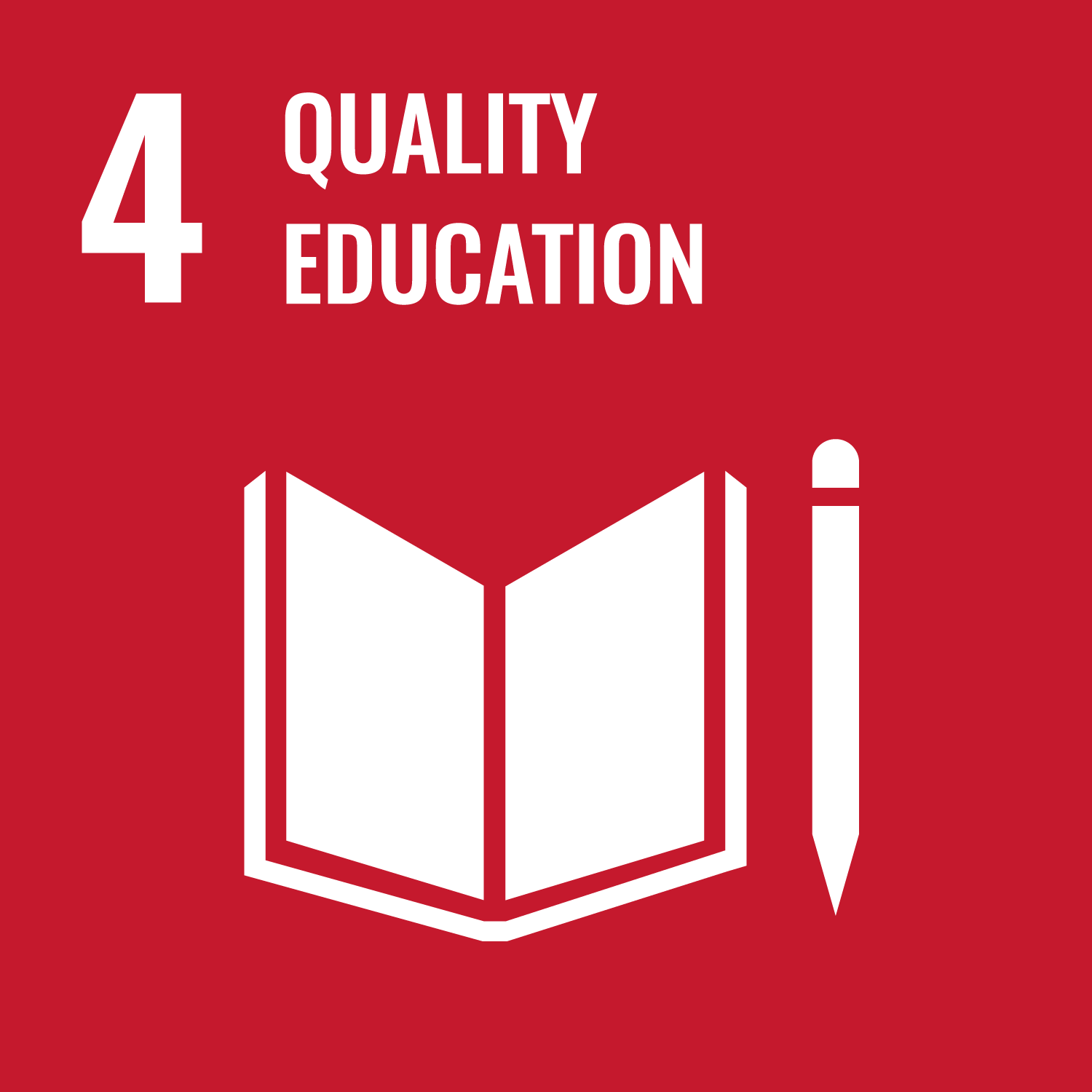
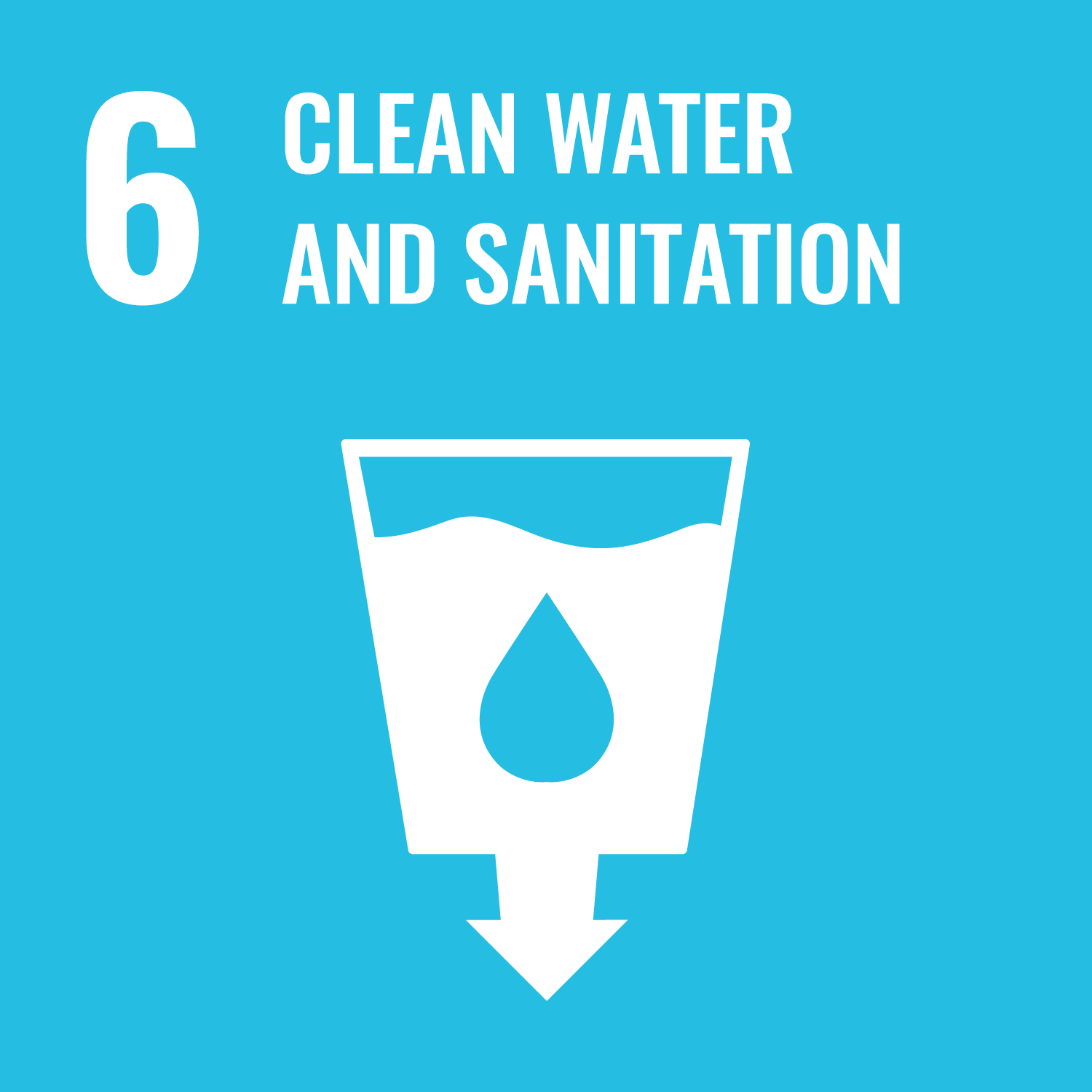
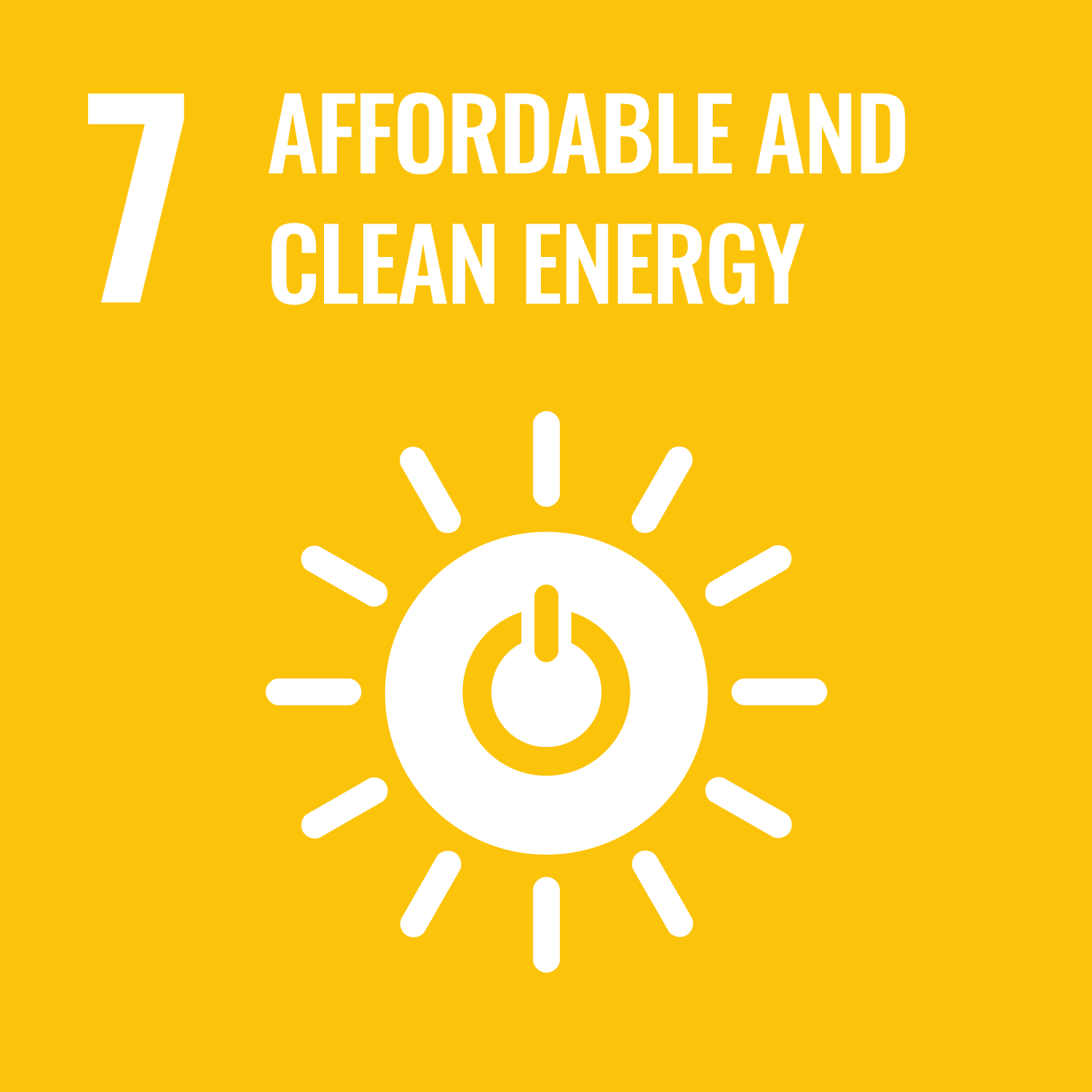
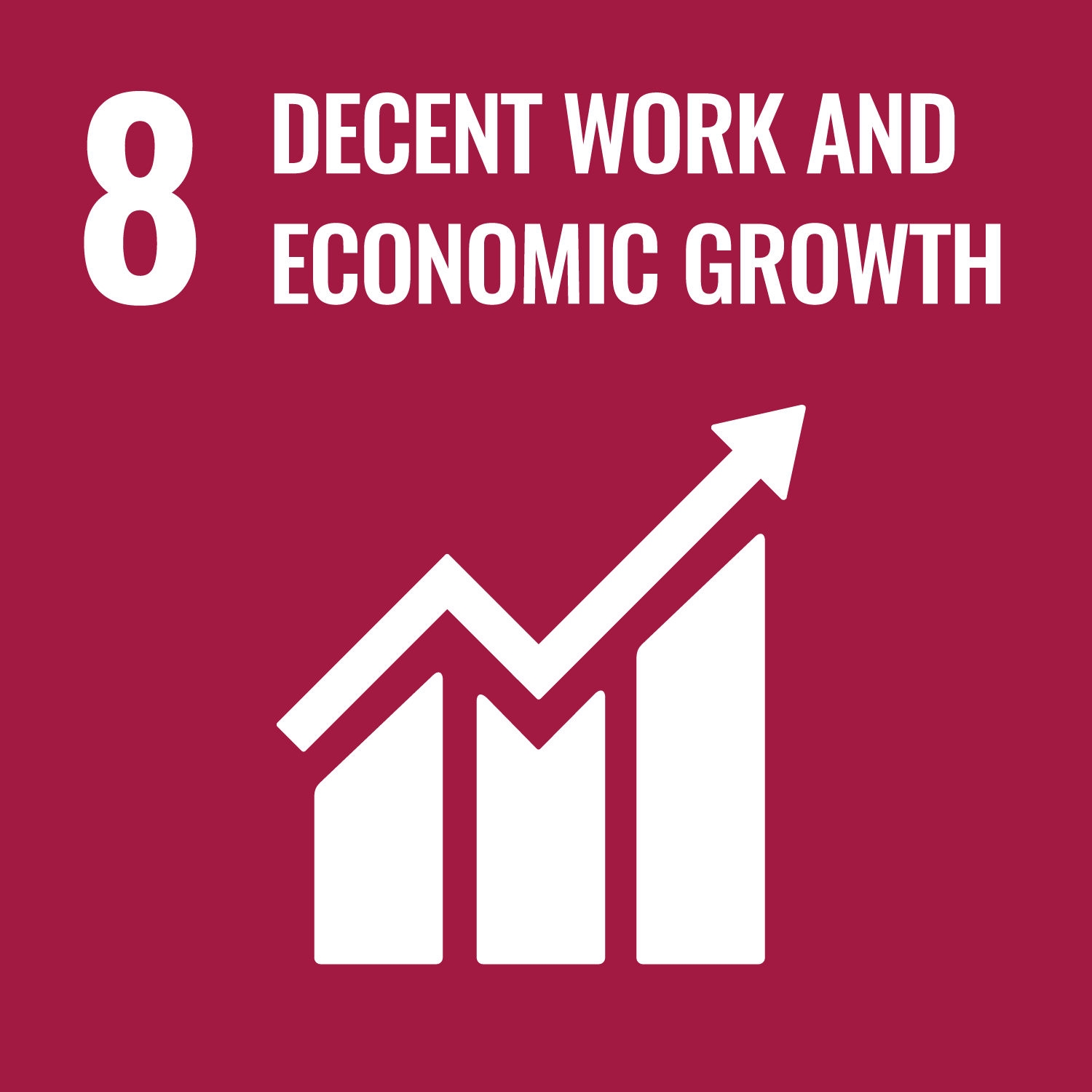

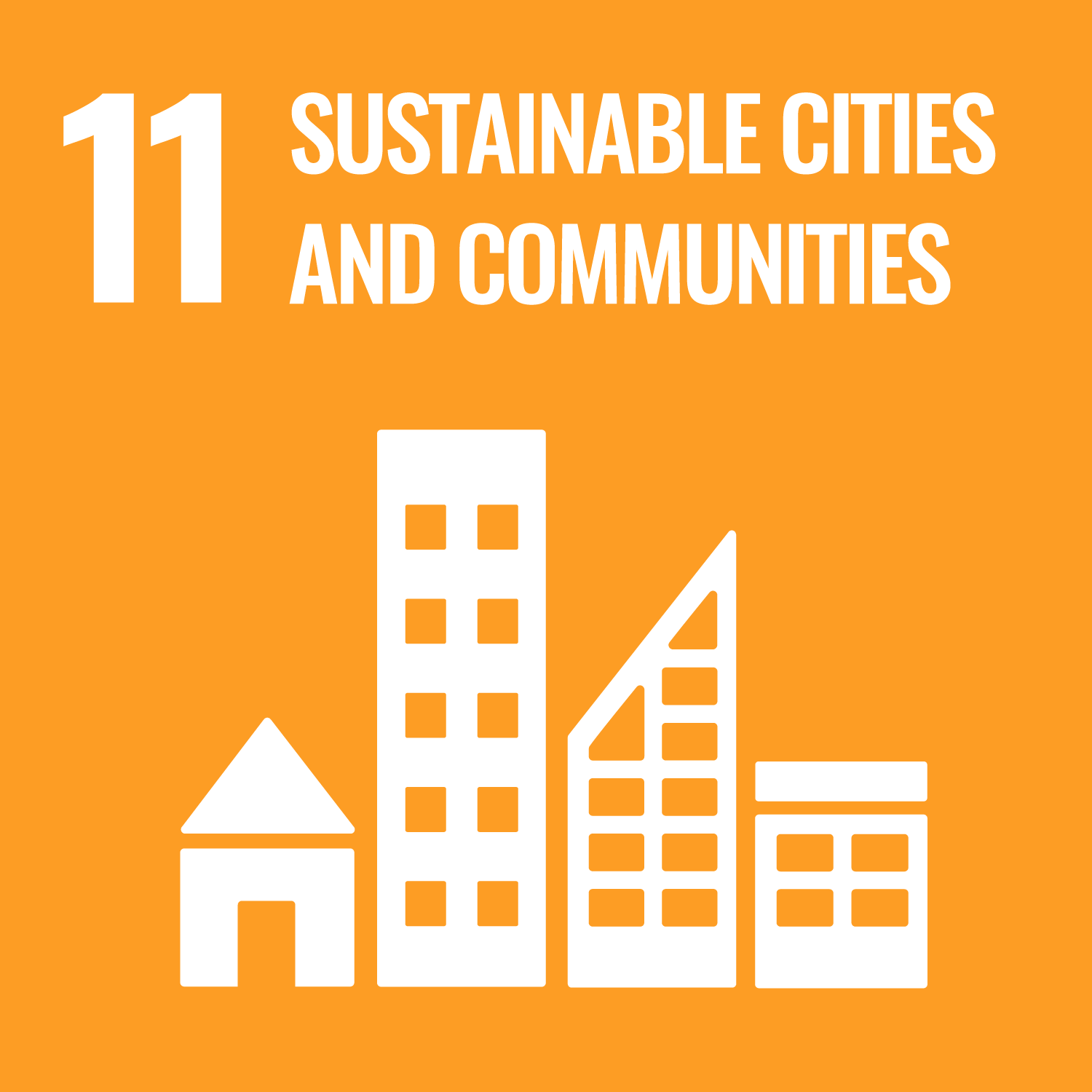
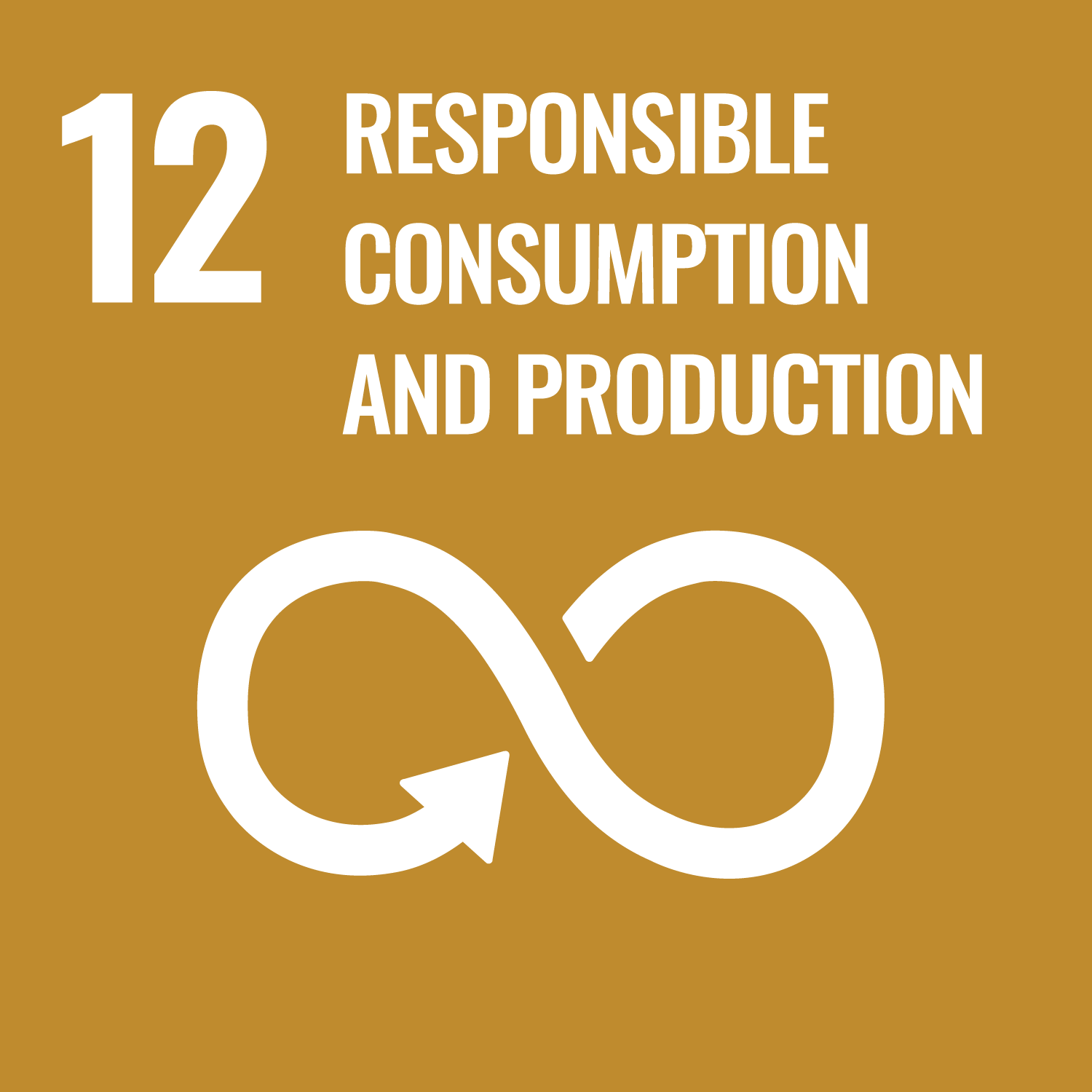
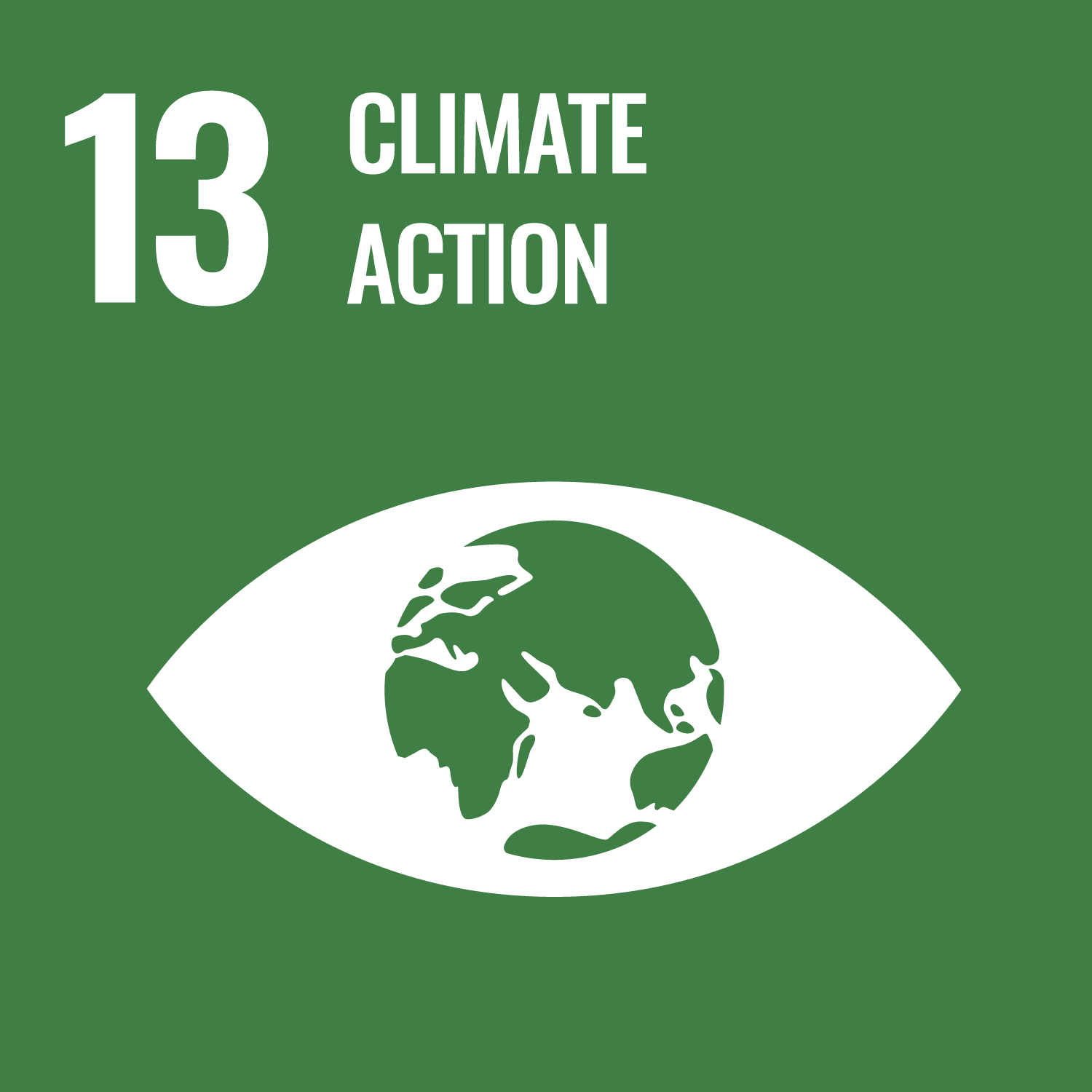
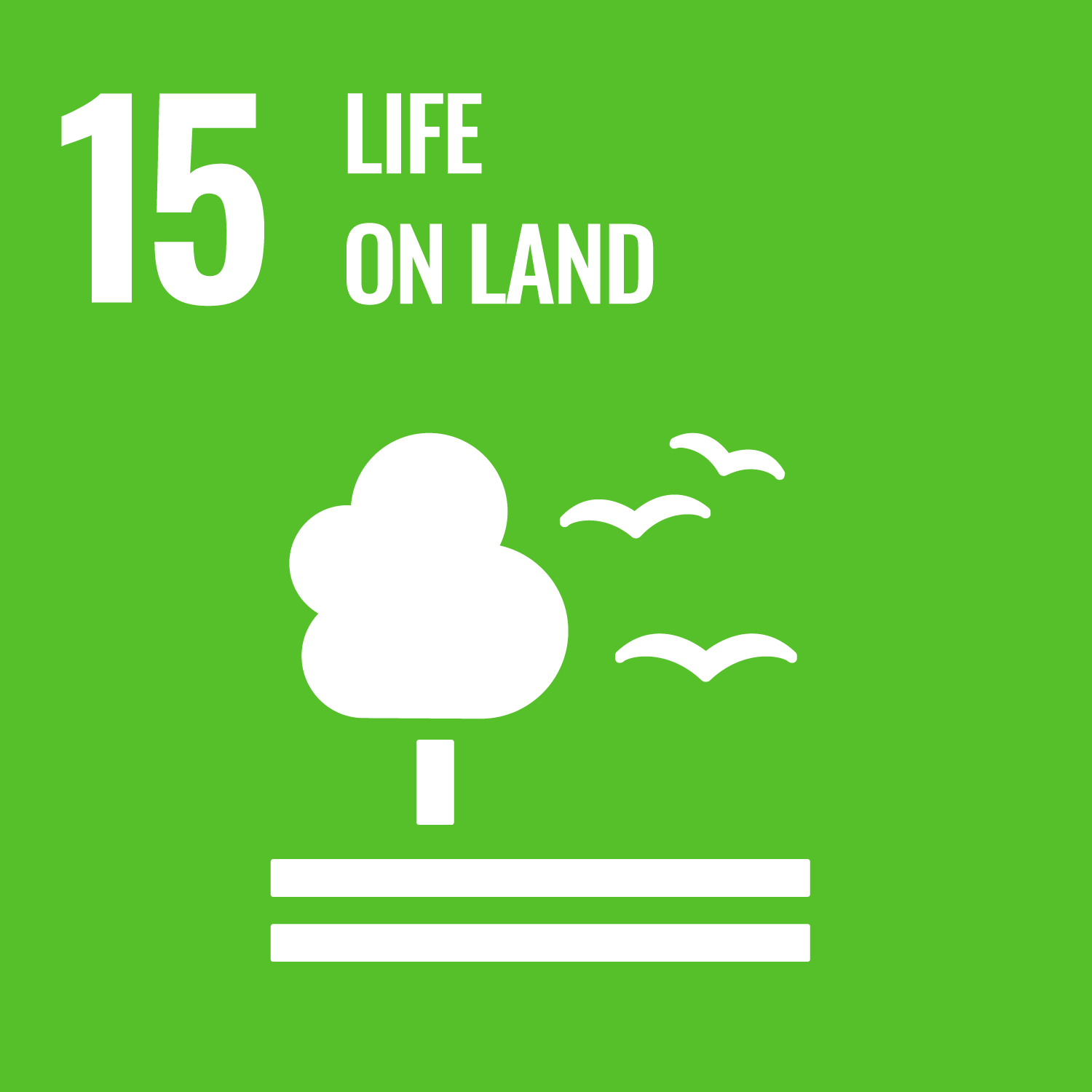
- 4.QUALITY EDUCATION
- 6.CLEAN WATER AND SANITATION
- 7.AFFORDABLE AND CLEAN ENERGY
- 8.DECENT WORK AND ECONOMIC GROWTH
- 9.INDUSTRY, INNOVATION AND INFRASTRUCTURE
- 11.SUSTAINABLE CITIES AND COMMUNITIES
- 12.RESPONSIBLE CONSUMPTION & PRODUCTION
- 13.CLIMATE ACTION
- 15.LIFE ON LAND
Last modified : Tue Apr 06 04:09:17 JST 2021
